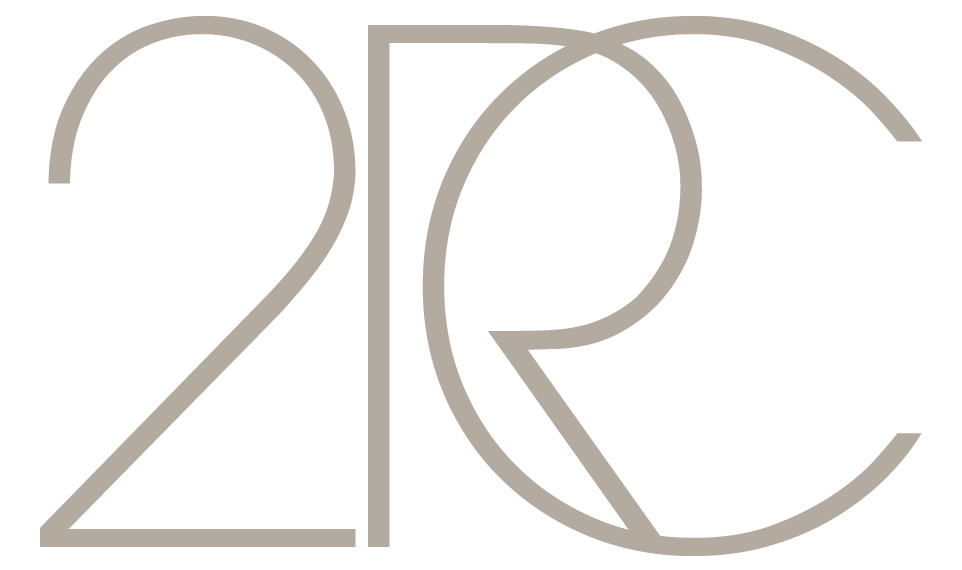Casale Acquaviva
Roma
Text by Walter Rossi
The day Jannis Kounellis visited us at Casale Acquaviva, with his wife, he spent all day in the garden thinking of a way to consciously enter his creative world, doing something conceptually unrepeatable; going to inspect an area new to both of us. The day Jannis Kounellis visited us at Casale Acquaviva, with his wife, we spent all day in the garden thinking of a way to consciously enter his creative world, doing something conceptually unrepeatable; going to inspect a new area for both of us.
Then we entered the studio that overlooked the garden. The smell of the prints prevailed and drew us in knowing we could have an answer to our curiosity]. Then we entered the study overlooking the garden. The smell of the prints prevailed and drew us in knowing that we could have an answer to our curiosity.
Jannis was very impressed; we stayed in the studio for a few hours, learning, leafing through, evaluating the various techniques, with the print vouchers from our archives, until the moment when I remembered opening a large package, a few days earlier, where inside were die-cut sheets resulting from a d'Aprés by Giacomo Balla (Il Dubbio 1907/8), which years earlier we had experimented with and evaluated as a good formula to bring young people, during the Masters or in the advanced courses, to intervene and try, with the engraving techniques, to take the place of a valid artist to try to reproduce what the artist would have realized with the techniques known to him: a purely graphic image. ] Jannis was very impressed; we stayed in the studio for a few hours, learning, leafing through, evaluating the various techniques, with the print vouchers from our archive, until the moment when I remembered having opened a large package, a few days earlier, where inside there were die-cut sheets resulting from a d'Aprés by Giacomo Balla (Il Dubbio XNUMX/XNUMX), which years earlier we had experimented with and evaluated as a good formula to bring young people, during the Masters or in the advanced courses, to intervene and try, with the engraving techniques, to take the place of a valid artist to try to reproduce what the artist would have realized with the techniques known to him: a purely graphic image.
The sheets I mentioned were actually part of a larger sheet on which the passepartout was printed, which once die-cut would have been the frame for the graphic work,] The sheets I mentioned were actually part of a larger sheet on which the passepartout had been printed, which once die-cut would frame the graphic work,
Originally these sheets, especially in the center, were white because the printer knew that only the edge of the sheet was used, where the plate was engraved with a bas-relief, so only the useful part was inked, and the inking having no limits was, in the free part, absolutely random. In the end each sheet was a surprise because the black and white were indefinable and it was certainly impossible for one copy to be the same as another.
Looking at these remnants in an instant the conceptual idea clicked. We saw the possible and right application: a collage ...? three collages? one different from the other ... then: a plate that with the vigor and the creative gesture of Jannis could certainly realize the graphic work: Untitled 2004, full of energy.
Each copy of the print run was complementary and independent at the same time.
At Casale Acquaviva, a few months earlier, Pierre and Miky Alechinsky had been guests. Pierre, as was his norm, immediately tried his hand at an electric subject: "Vol au vent". The plates were created in the studio at home, but the proofs and the print run were done at the Vigna Antoniniana, Pierre was happy to have once again breathed and enjoyed our atelier.




